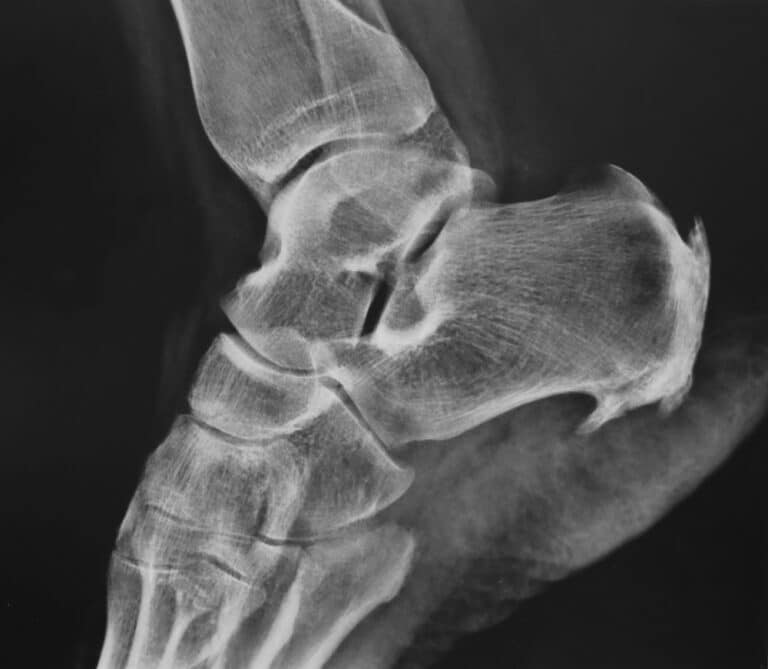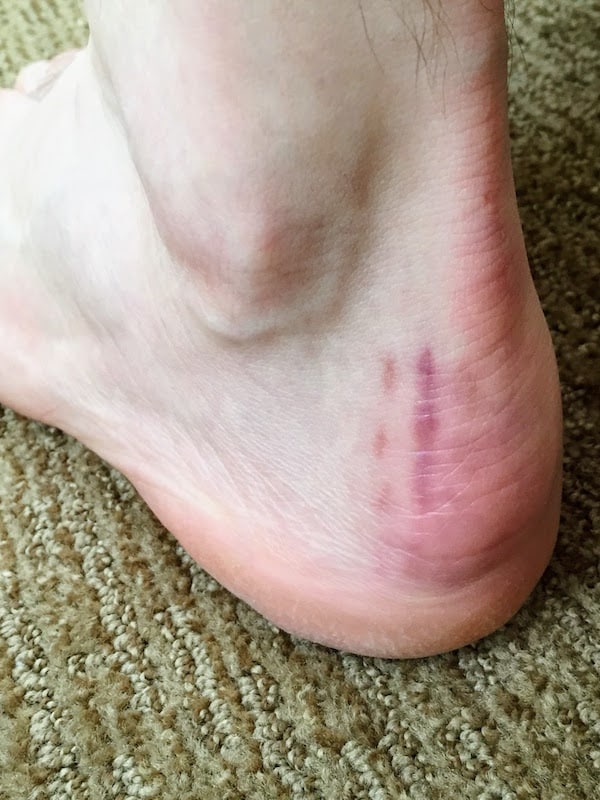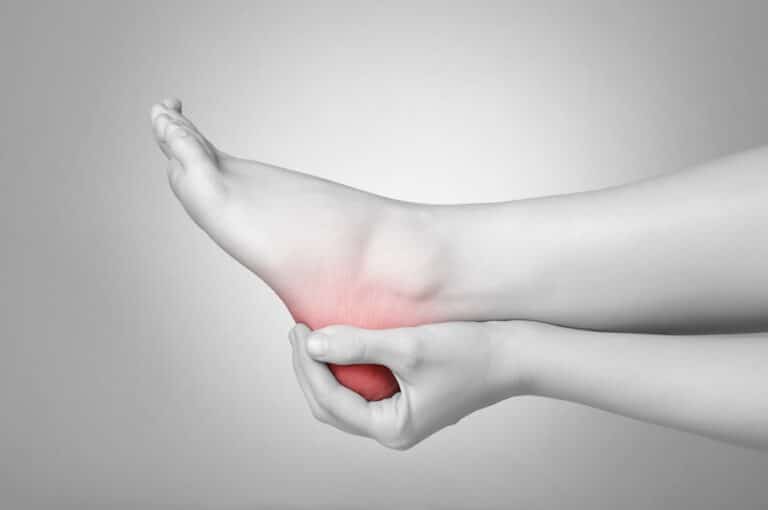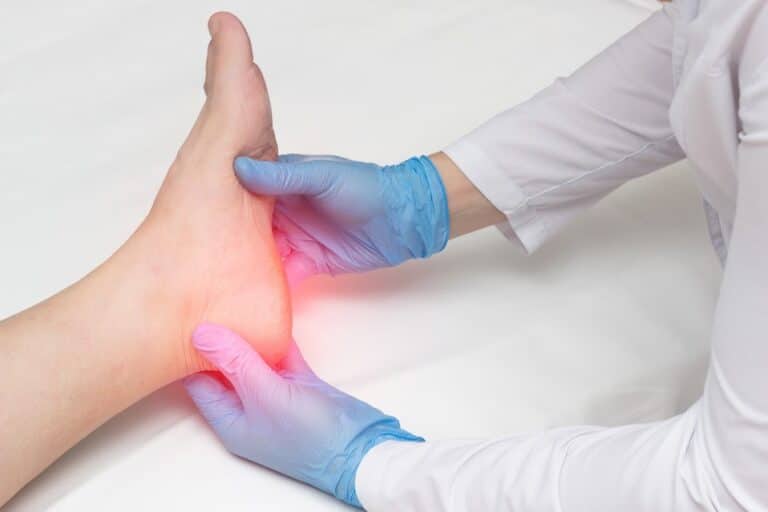Corn is one of the conditions that podiatrists see almost every day – it’s so common that most people have it at least once in their life. If you’re currently struggling with this unpleasant lesion, you are likely wondering – how does a podiatrist remove a corn? What happens when you finally visit your doctor to get rid of this problem? Keep reading to find out what you can expect regarding corn removal surgery.
Get a 10% Discount on Corn Removal Surgery
What Is a Corn?
Before delving into how a podiatrist removes a corn, it’s important to understand what a corn is. A corn is a buildup of hard, thickened skin that forms in areas of continuous pressure or friction on the feet. Corns are common on the heel, the bottom of the foot, and the toes, and they can cause discomfort, pain, and even hinder walking.
Methods Used by a Podiatrist to Remove Corns
- Assessment and diagnosis: Firstly, a podiatrist will examine the corn to determine its cause and assess its severity. This will help the podiatrist determine the appropriate approach for removal and prevention of recurrence.
- Trimming and filing: One of the most common methods used by podiatrists to remove corns is trimming and filing. The podiatrist will use specialized and sterile tools to carefully trim away the layers of hardened skin that make up the corn. They will then use a file to smooth and refine the surrounding skin, ensuring not to damage healthy skin.
- Use of keratolytic acids: In some cases, the podiatrist may choose to use keratolytic acids to dissolve the corn. These products contain chemicals that help soften and remove the hardened skin. Salicylic acid is one of the most commonly used keratolytic acids in the treatment of corns.
- Orthotics and padding: To prevent corn recurrence, the podiatrist may recommend the use of orthotics or special padding. These devices are placed in the shoes to help redistribute pressure and alleviate friction in areas prone to corn formation. They can also help correct underlying issues such as structural misalignments of the foot.
Recommendations and Aftercare
After a podiatrist has removed a corn, it is essential to follow the recommended aftercare to ensure proper healing and prevent the corn from returning. Some common recommendations include:
- Keep your feet clean and dry.
- Wear appropriate and comfortable footwear that doesn’t exert additional pressure on the feet.
- Avoid excessive friction and pressure on problem areas.
- Moisturize your feet regularly.
Who Can Get Corns?
Anybody can get a corn on their foot – if there is repetitive pressure on a specific part of the foot, a corn will eventually develop in that area. Of course, the type of footwear you choose can play an important role in corn development. Additionally, patients with certain foot deformities such as bunions or hammertoes are prone to corns – they develop on the top of the bony deformity since that spot is exposed to friction and excessive pressure. Lastly, if you walk barefoot often, you’re at higher risk of developing foot corns.
When Should You See the Doctor?
Corns usually come with some unpleasant symptoms, but they don’t necessarily have to be painful – some patients have no symptoms whatsoever. This can change over time. When they’re symptomatic, corns are painful when you walk or stand. The lesion is surrounded by inflamed, sensitive skin, and the corn can even get infected.
So, how to know when you should reach out to your doctor? If you’re not in pain, the chances are that you will simply ignore this skin growth. That’s perfectly fine – the condition is benign, and besides the changes in the appearance of your foot, the corn won’t do you any harm in the long run. But if you’re experiencing pain and discomfort or have noticed signs of infection (pus coming out of the corn, warmness, increased pain, and sensitivity), it’s best to reach out to your podiatrist as soon as possible. They will be able to treat the condition efficiently, and you won’t have to experience pain every time you want to walk or run.
How Long Does the Recovery Last?
Although this is a minimally invasive procedure, it will take some time to recover from it. You will be provided with a surgical shoe that you’ll have to wear for 2-4 weeks, depending on how long your doctor says it’s necessary. The time it takes to fully heal can vary from case to case – keep in mind that some procedures may be more invasive than others. All in all, you should expect to be recovered in about six weeks after the surgery. After the first two weeks, you will be feeling better, and you’ll be able to slowly return to your normal activities.
How Much Does the Corn Removal Procedure Cost?
Since corn removal is rarely viewed as a medically necessary intervention, the chances are that your insurance won’t cover the costs of the surgery. That’s why you need to be informed about the financial aspect of corn removal. Several factors can be crucial for determining the final price – these include your doctor’s expertise, the location of the clinic you’ve chosen, and the complexity of your case. With all this in mind, you can expect the corn removal procedure to cost you $1,000-$1,500. This is the common price range, but sometimes it can be a bit more.
Schedule Corn Removal With the Best Miami Surgeon
Deciding to have surgery is always difficult, but when you have a great doctor by your side, things are a lot easier. If you’re looking for a doctor who will give their 100% to provide you with excellent treatment, look no further than Luxe Foot Surgery clinic – our team is always ready to help patients with various foot conditions. Schedule your appointment and come one step closer to getting rid of corns once and for all – contact us today and book your consultation.
FAQ
Is It Painful to Have a Corn Removed?
No, having your corn removed isn’t painful. Although this is a surgical procedure, you won’t feel anything thanks to the local anesthetic that you will be given. Still, when the anesthesia wears off, you will most likely experience some level of pain or discomfort.
Can a Podiatrist Remove a Corn Permanently?
Yes, a podiatrist can remove a corn permanently, but there is no guarantee that the corn won’t come back if the source of pressure and friction isn’t removed.
How Do You Get Rid of Deep Root Corns?
Deep root corns can be removed surgically – the procedure is minimally invasive, lasts less than 30 minutes, and the recovery will last just a few weeks.
References
- Cleveland Clinic. Corns and Calluses [Internet]. Cleveland Clinic. [Accessed on April 21, 2023]. Available from: https://my.clevelandclinic.org/health/diseases/16896-corns-and-calluses
- Luxe Foot Surgery. Corn Removal Surgery Miami [Internet]. Luxe Foot Surgery. [Accessed on April 21, 2023]. Available from: https://www.luxefootsurgery.com/corn-removal-surgery-miami/




